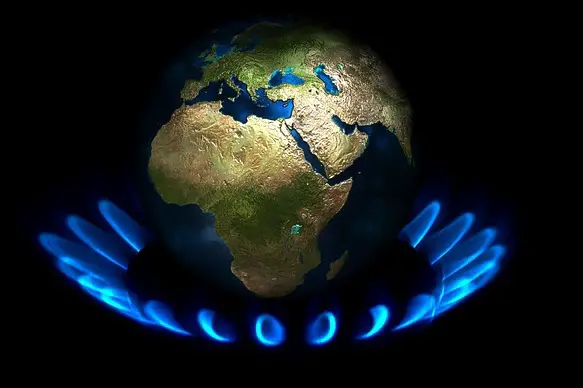On Monday, FT, citing data from Refinitiv, reported that the EU has become the number one importer of liquified natural gas (LNG), as purchases of the fuel by EU countries soared 58% over the previous year.
EU countries imported 101 million tons of LNG last year, outpacing the purchases of China, Japan, and South Korea.
EU countries imported 137 billion cubic meters (bcm) of natural gas, which was just 3 bcm below the volumes supplied to the EU by Russia in 2021. In 2022, the volume of Russian gas imported was cut by more than half to 60 bcm.
As a result, during the period, the EU accounted for 24% of global LNG imports. Japan accounted for 17%, China accounted for 15%, and South Korea followed on, importing 11% of the world trade in LNG.
According to think-tank Bruegel, 35% of the EU’s total gas consumption is now supplied by LNG, an increase from the 20% recorded in 2022. At the same time, the share of Russian gas fell from 40% to 15%.
In 2021, Russia supplied roughly 45% of the EU’s imports and almost 40% of the EU’s total consumption. However since the launch of the Russian military operations in Ukraine, and the imposition of the subsequent Western sanctions on Russia, Russia’s gas supplies to Europe have steadily declined.
The Russian supplies through the Nord Stream 1 pipeline were initially reduced due to equipment issues in early July. Then in September unknown actors blew up the pipeline, and gas flows were completely halted.
EU states still face a potential gas shortfall of 27 bcm in 2023, if more decisive efforts are not undertaken to improve energy efficiency and conservation, according to a report from the International Energy Agency (IEA) in December.

